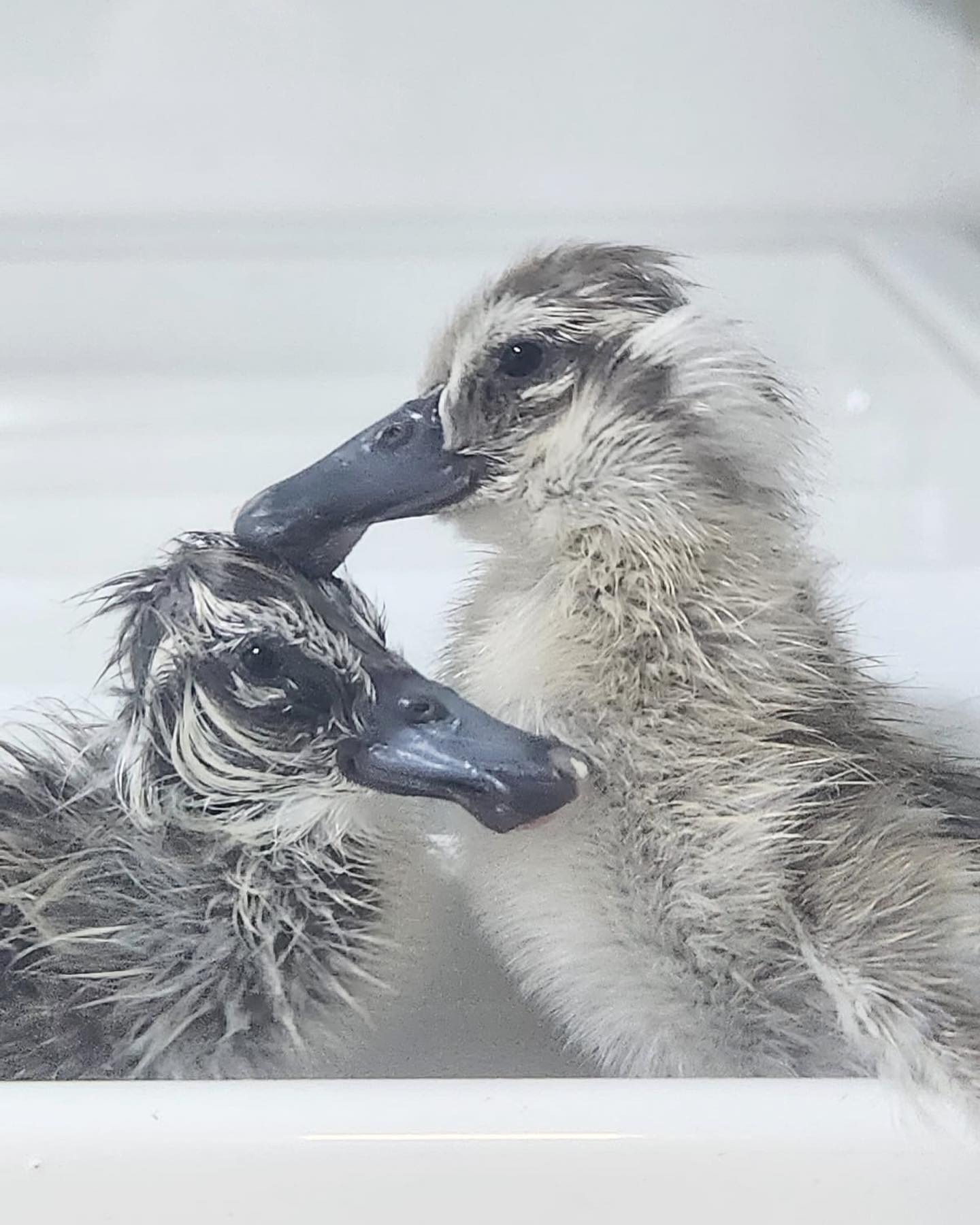Summary:
1. The excitement of pink-eared ducks hatching in the hatcher.
2. Artificial incubation due to first-time jitters of the parents.
3. The unusual behavior of new pairs/first-time nesters.
4. The subsequent nesting attempts of pink-eared ducks.
5. The commitment and nesting site defense of experienced pairs.
When it comes to the world of ducks, there are countless species to admire and learn about. The pink-eared duck is one such species that never fails to captivate with its unique features and fascinating behavior. Today, we will delve into the exciting process of hatching pink-eared ducks and explore some of their intriguing characteristics.
Imagine the anticipation that fills the air when a batch of pink-eared duck eggs is placed in the hatcher. The moment you spot the first signs of cracking, as tiny beaks poke through the shell, is exhilarating and heartwarming. These fragile creatures are about to embark on their journey into the world, and it is an honor to witness this natural miracle.
The hatching process was a bit different in the case of our pink-eared ducks. Due to the first-time jitters of the parents, who were a brand new pair, artificial incubation was necessary. The parents seemed unsure where to build their nest, constantly switching locations and disrupting our aviary routines. This behavior is common in new pairs of pink-eared ducks and can be attributed to their instincts to find the most secure and suitable nesting site.
However, as experienced zookeepers observe, this hesitation tends to correct itself in subsequent years. With increased nesting attempts, the pink-eared ducks gain confidence and become more settled in one chosen site. They learn to trust their instincts and become fiercely protective of their nests, defending them against any potential threats. It is fascinating to witness these once-uncertain ducks evolve into devoted parents.
Back to our adorable pink-eared ducklings in the hatcher. After a day of patiently waiting for their fellow eggs to crack and their siblings to emerge, they finally found themselves in the brooder, fluffy and dry. This must have been quite a relief for them, as the warm and cozy brooder provides the perfect environment for their early days.
We carefully dry brood these little ones for a couple of days, ensuring they are strong and ready before granting them access to water. This gradual introduction to their aquatic habitat allows them to adapt and develop their swimming skills at their own pace. Of course, it won’t be long before more chicks join them, creating a bustling community of pink-eared ducklings.
It’s important to note that even though these ducklings were incubated artificially, they will still inherit their species’ natural behaviors and instincts. As they grow, they will learn from their experienced parents and observe their interactions within the aviary. This is how they acquire the knowledge necessary for their future nesting attempts, nurturing a new generation of pink-eared ducks.
We can’t help but feel a sense of joy and wonder as we watch these fluffy ducklings waddle around and explore their surroundings. They remind us of the resilience and beauty of nature and the importance of protecting and preserving these incredible creatures. We can learn so much from them and their ability to adapt and thrive in their natural habitats.
As we conclude our journey through the captivating world of the pink-eared ducks, let’s take a moment to appreciate the dedication and commitment of these remarkable birds. From their initial hesitations to the unwavering defense of their nests, they exemplify the strength and determination found in the animal kingdom.
Next time you visit a zoo or encounter wildlife, take a moment to observe the ducks around you. You might spot a pair of pink-eared ducks diligently tending to their nest or teaching their ducklings the ways of the world. Remember, something unique and fascinating is always happening in the aviary, waiting to be discovered and celebrated.
*****
Source Description
It’s always exciting to have some pink-eared ducks in the hatcher! Here, they are pictured in the hatcher, still wet just after hatching, and fluffy and dry the following day, in the brooder. We will dry brood them for a few days before giving them full access to water. They will have a few more chicks join them shortly. It should be noted that these ducklings were incubated artificially from start to finish, as the parents, a brand new pair, were having first-time jitters and kept switching nesting locations. I have seen this before with new pairs/first-time nesters of pink-eared ducks; what seems to be a hesitation to commit to one site, likely due to the disturbances of everyday aviary routines. However, this seems to correct itself in subsequent years and further nesting attempts, where they have no qualms about settling in one chosen site and vigorously defending their nests!


